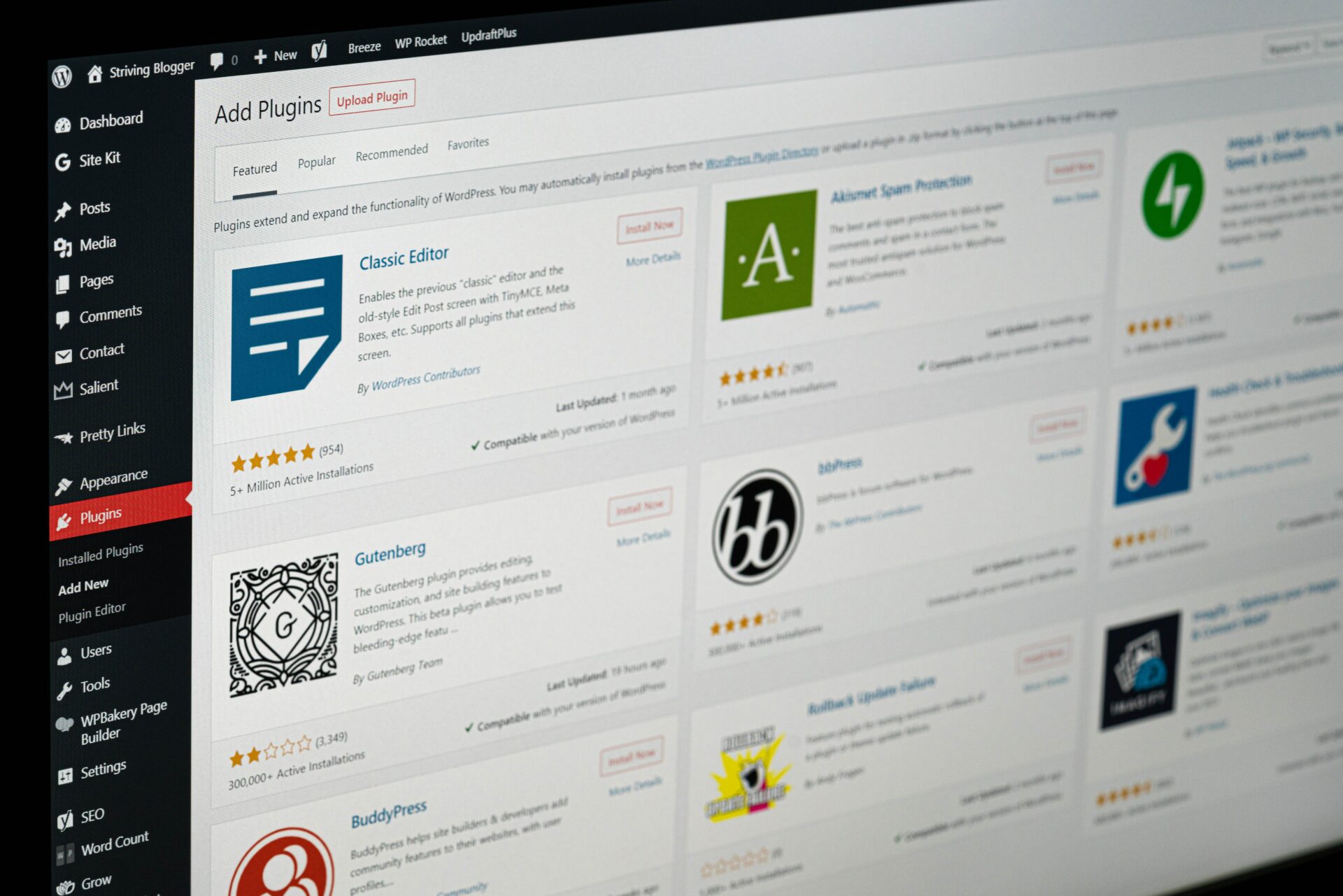Getting the best results when content building
A basic tactic for search engine optimisation (SEO) is to optimise content for words people use in searches. But to really get the best results when content building, you need to take search intent into account as well. In this article, we will look at the true nature of optimisation of intention.
What is search intent?
Search intent relates to the reason behind a person conducting a specific search. Why are they searching for that thing? Is it because they want an answer to a question? Are they looking for a certain website? Or are they looking to buy something? Google has become better at determining the intent behind searches, and will rank pages highest if they fit the search term AND the intent behind it. So you need to optimise your content for search intent.
4 types of search intent
- Informational – many searches online involve people searching for information. In this case, people want to learn more about a specific topic.
- Navigational – this is when people are attempting to find a specific website. People who search the term ‘Facebook’ are generally on their way to the Facebook website. Navigational terms only help with organic traffic if your site is the one people are searching for.
- Transactional – this involves people looking to purchase items and browsing the web to find the best price.
- Commercial investigation – people who intend to buy in the future may use the web to research items. For example, they may search ‘which washing machine is the best?’
The words in a person’s search query will indicate their intent. Words like ‘buy’, ‘deal’ or ‘discount’ indicate transactional intent, while terms like ‘how to’ and ‘best way to’ indicate informational intent.
Optimising for intent
A landing page should fit the audience’s search intent. People searching for information need content and page relevance, meaning they don’t need to see a product page – this would probably discourage them. People looking to buy a product don’t need long articles – point them straight to your shop. Product pages should be optimised with commercial-driven keywords. For example, if you sell multivitamins you could optimise a product page for ‘buy multivitamins’. You could also have an article about the benefits of multivitamins, optimised for ‘what are the benefits of multivitamins?’
Determining the search intent of a query can be difficult, and people with different intents could land on the same page. The best way to learn your audience’s intent is to ask them, perhaps through a short pop-up survey. It’s crucial to ensure your content fits the search terms AND the intent behind them. Make a post or page informational if the target audience is searching for information. But lead people to sales pages if they are likely to be interested in making a purchase.




